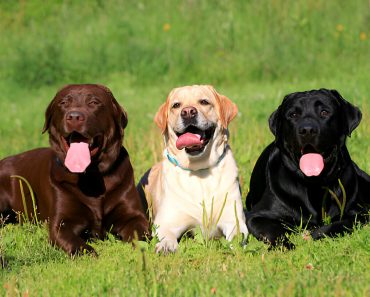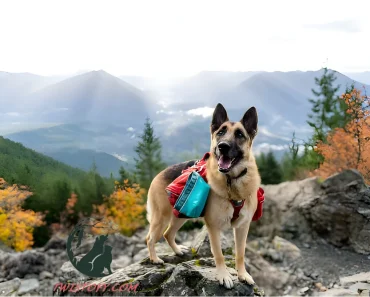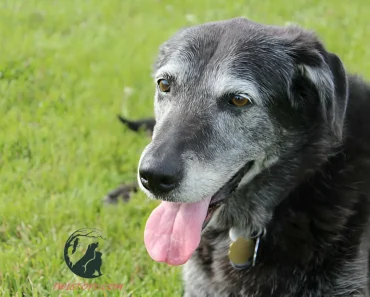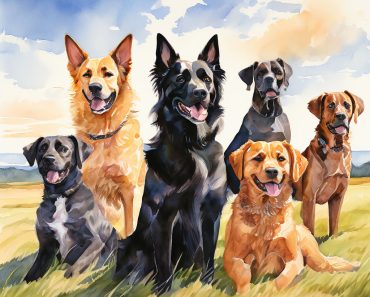As a dog owner, you want nothing but the best for your furry friend. However, just like humans, dogs can suffer from anxiety, a condition that can significantly affect their quality of life. Recognizing anxiety symptoms in your dog is crucial for their well-being. This comprehensive guide will help you understand and identify the signs of your dog’s anxiety, ensuring you can provide the support they need.
Understanding Your Dog’s Anxiety
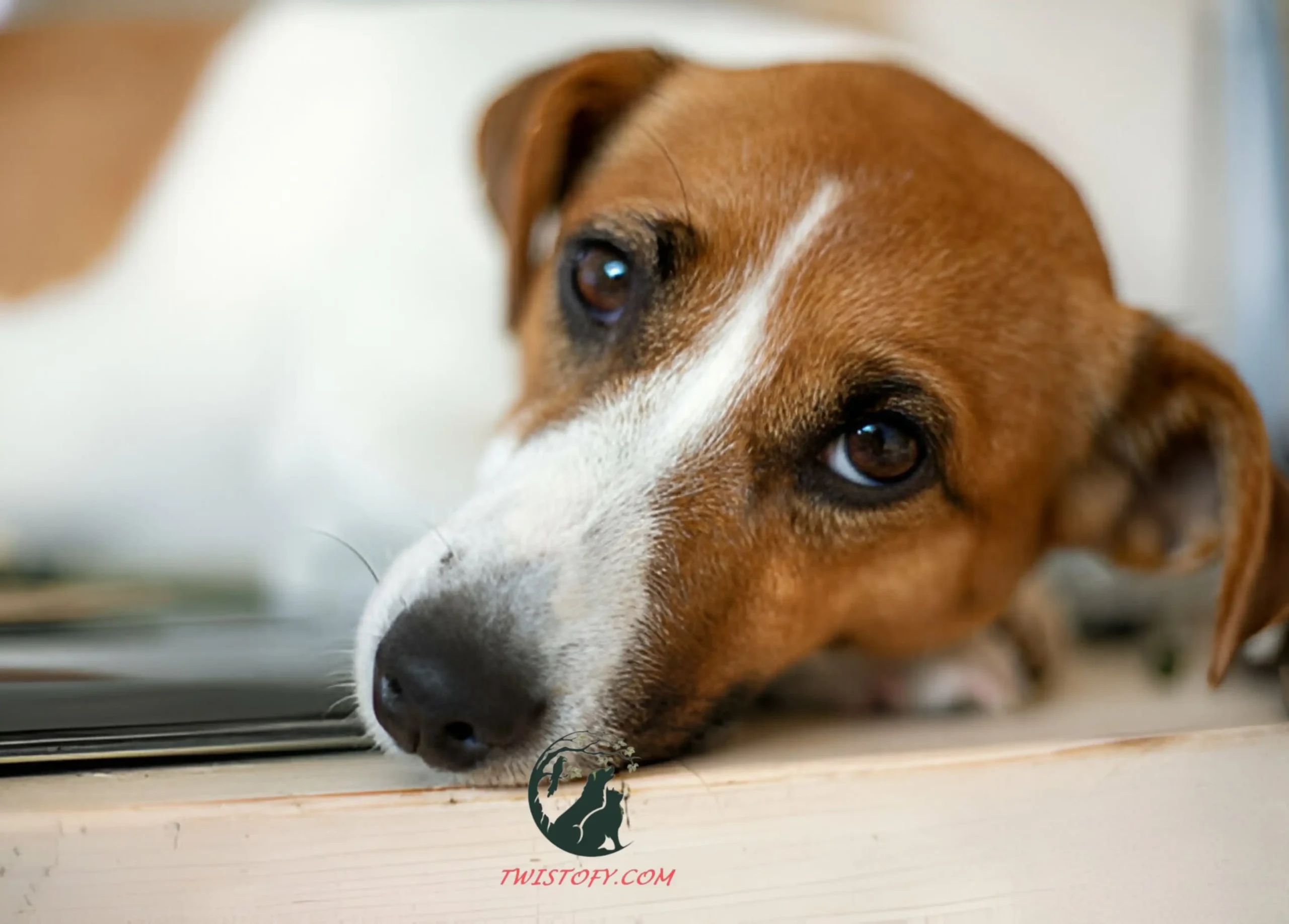
dog’s anxiety
What is Dog’s Anxiety?
Dog’s anxiety is a condition where your pet experiences stress, fear, or nervousness, often in response to specific triggers. These triggers can vary widely and might include loud noises, new environments, separation from their owner, or past traumas. Understanding the root cause of your dog’s anxiety is the first step toward helping them.
Common Causes of Dog’s Anxiety
Several factors can contribute to a dog’s anxiety, including:
- Separation Anxiety: Fear of being left alone or separated from their owner.
- Loud Noises: Thunderstorms, fireworks, or other loud sounds can trigger anxiety.
- New Environments: Changes in surroundings or routine.
- Past Traumas: Abuse, abandonment, or other negative experiences.
- Genetics: Some breeds are more prone to anxiety.
Recognizing Anxiety Symptoms in Your Dog
Being mindful of your dog’s anxiety symptoms is crucial for timely intervention. Here are the most frequent indicators:
Behavioral Symptoms
- Excessive Barking or Howling: Your dog may vocalize more than usual, particularly when left alone.
- Destructive Behavior: This can include chewing, digging, or scratching furniture, doors, and other objects.
- Restlessness: Signs include pacing, an inability to settle down, or constant movement.
- Aggression: This might manifest as uncharacteristic biting, growling, or snapping.
- Depression: A noticeable loss of interest in activities they once enjoyed.
- .
Physical Symptoms
- Panting and Drooling: More than usual, even without physical exertion.
- Trembling or Shaking: Signs of fear or nervousness.
- Excessive Licking or Chewing: Particularly of their paws or other body parts.
- Loss of Appetite: Refusing to eat or a significant decrease in food intake.
- Dilated Pupils and Ears Back: Physical signs of stress.
How to Address Your Dog’s Anxiety
- Consult Your Veterinarian
Your first step should always be to consult your veterinarian. They can rule out any underlying medical conditions and provide professional advice on managing your dog’s anxiety.
- Behavioral Training
Behavioral training can help your dog manage their anxiety. Consider the following techniques:
- Desensitization and Counter-Conditioning: Gradually expose your dog to their anxiety triggers in a controlled environment.
- Positive Reinforcement: Reward your dog for calm behavior with treats and praise.
- Routine and Structure: Maintain a consistent daily routine to provide stability.
- Provide a Safe Space
Creating a safe, comfortable space for your dog can help alleviate anxiety. This space should include:
- Comfortable Bedding: A cozy bed where your dog feels secure.
- Favorite Toys: Items that provide comfort and distraction.
- Quiet Environment: A place away from loud noises and busy areas.
- Physical and Mental Stimulation
Keeping your dog physically and mentally stimulated can reduce anxiety:
- Regular Exercise: Daily walks and playtime to burn off excess energy.
- Puzzle Toys and Games: Mental challenges to keep your dog’s mind engaged.
- Socialization: Controlled interactions with other dogs and people.
- Medication and Supplements
In some cases, your veterinarian may recommend medication or supplements to help manage your dog’s anxiety. These can include:
- Anti-Anxiety Medications: Prescribed by your vet for severe cases.
- Natural Supplements: Such as CBD oil, valerian root, or chamomile.
- Pheromone Diffusers: Products that release calming pheromones.
Practical Tips for Managing Your Dog’s Anxiety
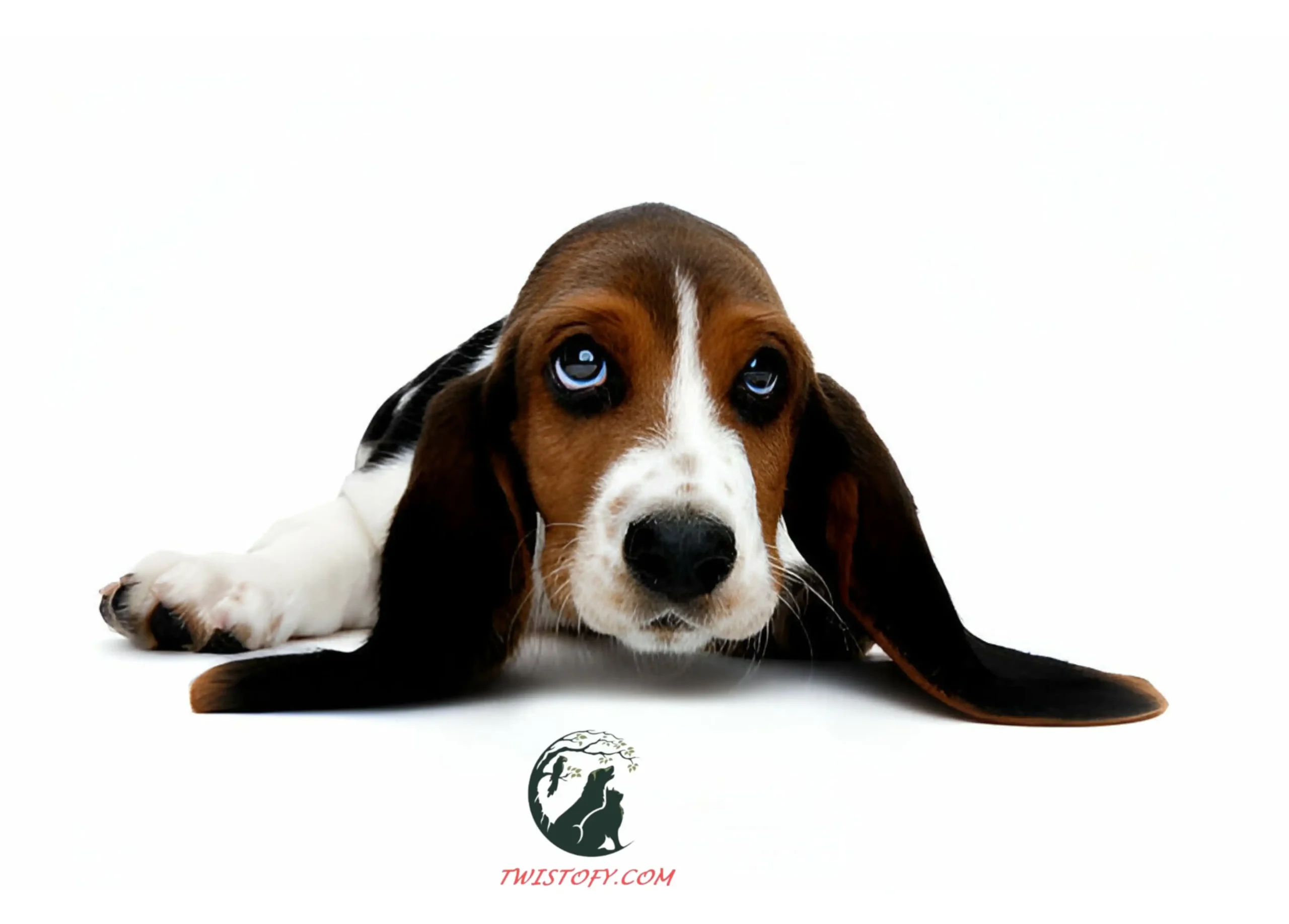
dog’s anxiety
Establishing a Routine
Dogs thrive on routine. A consistent schedule can provide a sense of security and predictability, which can help reduce anxiety.
- Set Regular Feeding Times: Feed your dog at the same times each day.
- Consistent Walk Schedule: Walk your dog at regular intervals.
- Play and Rest Times: Balance active periods with rest to keep your dog calm.
Use of Calming Products
Several products are designed to help calm your dog’s anxiety:
- Thundershirts: Snug-fitting shirts that provide gentle pressure, similar to swaddling.
- Calming Treats: Specially formulated treats that contain calming ingredients.
- White Noise Machines: To mask loud noises that might trigger anxiety.
Avoiding Triggers
Identify and avoid triggers whenever possible to prevent anxiety episodes:
- Safe Spaces During Loud Events: Keep your dog in a quiet room during fireworks or storms.
- Gradual Exposure: Slowly introduce your dog to new environments or experiences.
- Companion Presence: Avoid leaving your dog alone for extended periods.
Training Techniques
Behavioral training is an effective way to manage your dog’s anxiety. Consider these methods:
- Crate Training: Using a crate can create a safe and secure haven for your dog.
- Desensitization: Slowly introduce your dog to anxiety triggers to help them build tolerance.
- Positive Reinforcement: Reward your dog for calm behavior to promote relaxation.
Seeking Professional Help
If your dog’s anxiety is severe, seeking professional help can be invaluable:
- Certified Dog Trainer: A professional can provide tailored training techniques.
- Animal Behaviorist: Specializes in understanding and modifying problematic behaviors.
- Veterinary Specialist: In severe cases, a vet specializing in behavioral issues may be necessary.
Real-Life Success Stories
Case Study: Bella’s Journey
Bella, a four-year-old Labrador Retriever, suffered from severe separation anxiety. Her owner, Lisa, noticed Bella’s excessive barking and destructive behavior whenever she was left alone. After consulting with a veterinarian, Lisa implemented a structured routine, including crate training and positive reinforcement techniques. She also used a Thundershirt and calming treats. Over time, Bella’s anxiety significantly reduced, and she became more relaxed and confident when alone.
Case Study: Max’s Transformation
Max, a six-year-old Beagle, had a fear of thunderstorms. His owner, Tom, worked with an animal behaviorist to desensitize Max to the sound of thunder. They used recordings of thunderstorms at a low volume, gradually increasing the volume over time. Combined with a safe space and white noise machine, Max’s fear diminished, and he no longer exhibited anxiety during storms.
The Importance of Patience and Consistency
Managing your dog’s anxiety requires patience and consistency. It’s essential to understand that progress may be slow, and setbacks can happen. Here are some tips to stay on track:
- Be Patient: Understand that changes won’t happen overnight.
- Stay Consistent: Stick to routines and training techniques.
- Celebrate Small Wins: Acknowledge and reward small improvements.
Monitoring and Adjusting Your Approach
Regularly monitoring your dog’s progress is crucial for managing their anxiety effectively. Keep a journal of their behavior, noting any changes or improvements. Adjust your approach as needed based on your observations and your veterinarian’s advice.
Key Points to Monitor
- Behavioral Changes: Any new or worsening symptoms.
- Response to Treatment: How your dog reacts to medications or supplements.
- Effectiveness of Techniques: Which strategies are working best.
Preventing Anxiety in Puppies
Early intervention can prevent anxiety from developing in puppies. Here are some tips to raise a well-adjusted dog:
Socialization
- Expose to Various Environments: Safely introduce your puppy to different settings, people, and animals.
- Positive Experiences: Ensure new experiences are positive and non-threatening.
- Fundamental Commands: Teach essential commands such as sit, stay, and come.
- Crate Familiarization: Help your puppy develop a positive association with their crate.
- Solo Time: Gradually acclimate your puppy to being alone for short durations.
Consistent Routine
- Regular Schedule: Maintain a consistent feeding, walking, and playtime schedule.
- Predictable Environment: Keep changes to a minimum and introduce new elements slowly.
Understanding Different Types of Dog’s Anxiety
Not all dog’s anxiety is the same. Here are the most common types:
Separation Anxiety
- Symptoms: Excessive barking, destructive behavior, and urinating or defecating indoors when left alone.
- Management: Gradual desensitization to being alone, providing safe spaces, and using calming products.
Noise Anxiety
- Symptoms: Trembling, hiding, barking, and attempting to escape during loud noises like thunderstorms or fireworks.
- Management: Safe spaces, white noise machines, and desensitization training.
Generalized Anxiety
- Symptoms: Persistent anxiety not linked to specific triggers, such as constant pacing, panting, or restlessness.
- Management: Consistent routine, behavioral training, and possibly medication.
Social Anxiety
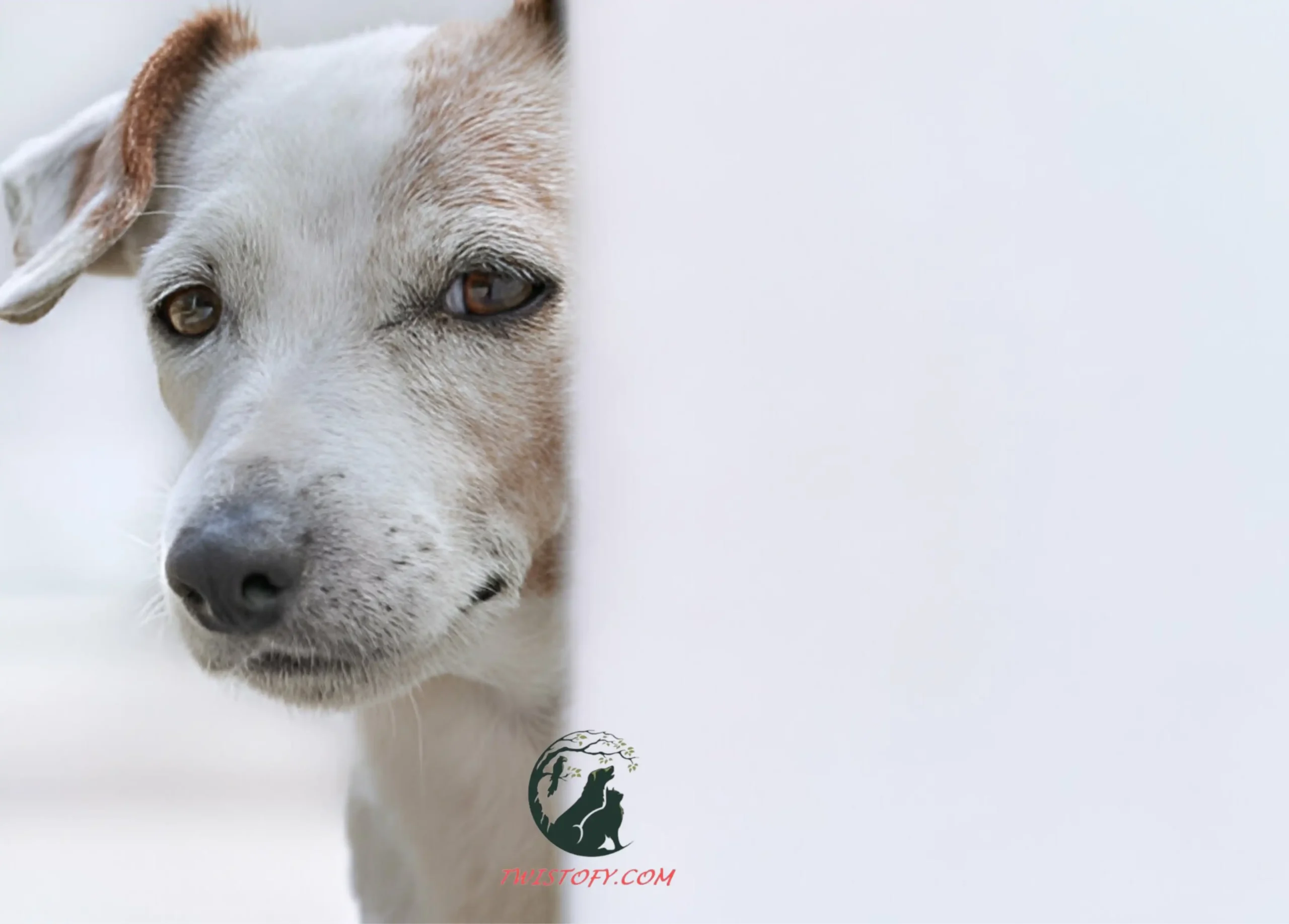
dog’s anxiety
- Symptoms: Fearful behavior around other dogs or people, including growling, barking, or hiding.
- Management: Controlled socialization, positive reinforcement, and gradual exposure.
Conclusion
Recognizing and addressing your dog’s anxiety is essential for their overall well-being and quality of life. By understanding the symptoms and implementing effective management strategies, you can help your furry friend lead a happier, more relaxed life. Remember, each dog is unique, and finding the right approach may take time and patience.

